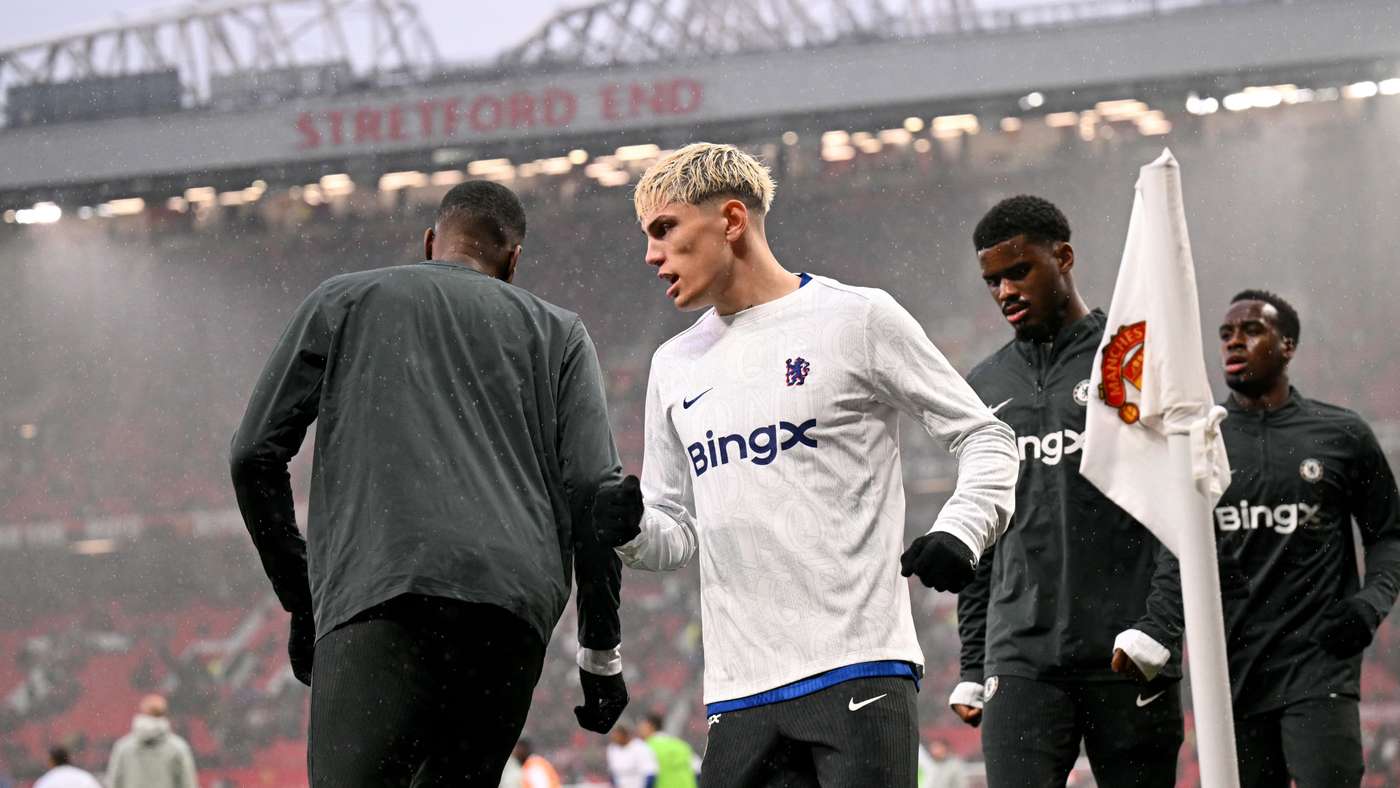Headache in the Derby: a concussion sparks safety talk in a London clash
1 November 2025

Incident in the London Derby
The tense London derby between Tottenham Hotspur and Chelsea, in the tenth round of the Premier League, produced an early scare when a home player suffered a head injury.
About three minutes into the game, the young midfielder Lucas Bergvall collapsed after a heavy blow to the head.
The referee signaled for the medical staff to attend to the Swedish player, and the doctor quickly assessed him, confirming a concussion.
In the moment, the doctor requested a substitution; Bergvall's coach Thomas Frank initially resisted, trying to persuade the staff he could continue.
However, the doctor and coach insisted on protecting the player, prioritizing safety over risking him staying on the pitch, even as he appeared unaware of his actions.
Silent risk in the stadiums
Concussions have become one of football's most worrying health issues, with studies showing rising rates among players, especially due to aerial duels and repeated head contacts.
While the game has long celebrated physicality, recent years have revealed long-term risks affecting memory and brain health after retirement.
Concussion occurs when the head sustains a sudden strong impact, causing temporary disruption in brain function, and symptoms often appear gradually, such as dizziness, concentration loss, or nausea, complicating on-field diagnosis.
To counter these risks, FIFA has acted seriously, launching initiatives to protect players. The federation introduced a new system allowing referees and medical staff to stop play immediately if concussion is suspected, and granting teams an extra substitution when needed.
Medical crews have been trained in standardized protocols to assess brain injuries on the pitch, including balance and memory tests before clearing a return to play, a process the Spurs' doctor applied today with Bergvall.
In a further step, FIFA has collaborated with continental associations to implement remote medical monitoring technology, enabling doctors to analyze video clips in real time to determine the severity of the impact, and to run awareness campaigns to educate players and coaches about recognizing symptoms.
While football is far from eradicating such injuries, growing awareness and preventive measures mark a significant shift toward a safer environment. Protecting the head is not just a medical moment but a safeguard for a player's future and dignity on and off the pitch.
Moments of fear
Although football is renowned for artistry, it has witnessed terrifying moments when players suffered head injuries that shocked fans and unsettled the sport. Those painful episodes helped spur awareness of the dangers of head impacts and the need for serious handling.
Among the notable cases, the 2006 incident involving goalkeeper Petr Cech in a Chelsea vs Reading match remains one of the most famous in recent history; a knee collision caused a skull fracture and serious concussion, and quick medical intervention likely saved his life, turning the protective helmet into a safety symbol on the field.
Another pivotal moment came in the 2014 World Cup final when German star Christoph Kramer absorbed a head blow and briefly lost consciousness, only to continue for a few minutes before collapsing. The incident pushed FIFA to tighten immediate medical checks for any head injury.
Argentine Sergio Aguero at Manchester City and Spanish Alvaro Morata both endured head injuries, leading to spells out of the game. Mexican Raul Jimenez's 2020 scare with Wolverhampton ended in skull fracture and a lengthy absence after a major surgery.
Such incidents, among many others, convinced clubs and federations that mental and brain safety must rate as highly as physical fitness, especially after deaths of players on the green.
That is why the sport continues to pursue better protection for players: science, not bravado, should lead the way on every kick of the ball.
Punchlines
1) If brains were goals, the league would wear helmets on every striker. 2) In football, the real hat-trick is protecting heads, not scoring them.



